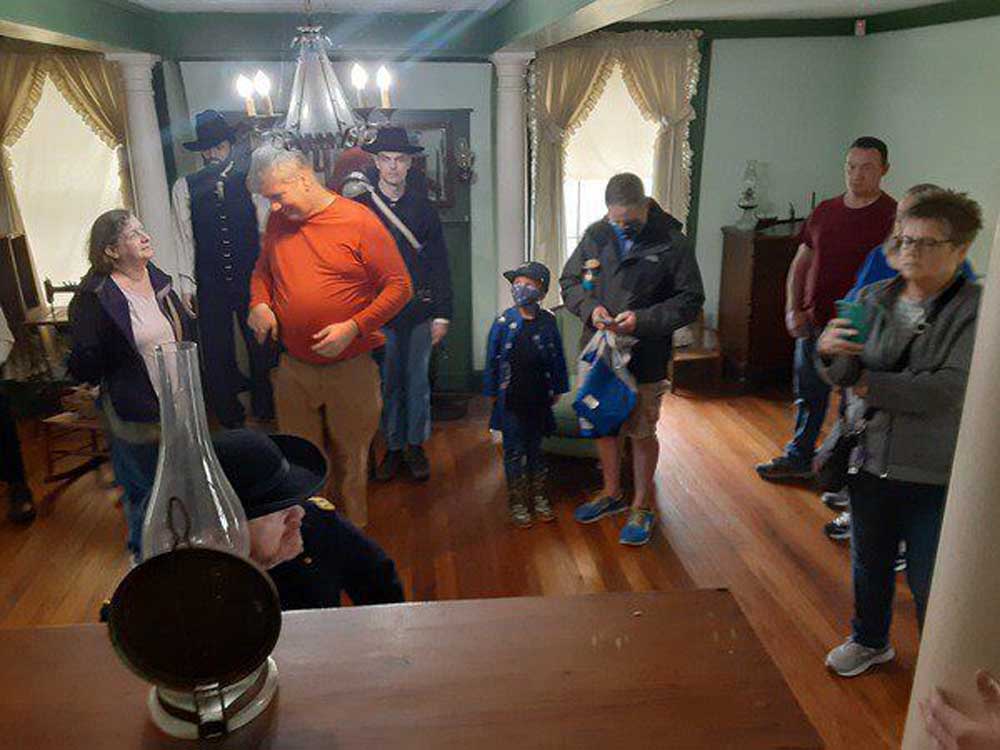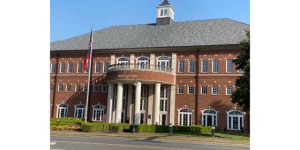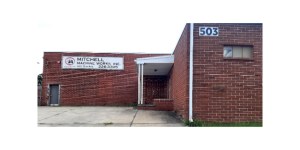History brought to life at Clisby Austin House
Published 8:00 pm Friday, March 26, 2021

- Ryan Anderson/Daily Citizen-NewsGen. William Tecumseh Sherman (portrayed by Jonathan Worley), foreground, discusses his time at the Clisby Austin House with tourists during a Living History event.
TUNNEL HILL — “I’m impressed they’ve preserved this, instead of bulldozing it to make room for something else,” Kelly Sasman said as she surveyed the historic Clisby Austin House and surrounding property recently. “It’s important history.”
Sasman and her husband Bruce enjoyed a Living History experience offered by the Tunnel Hill Heritage Center and Museum March 12-13 that included tours of the home. A replica federal field hospital was set up outside the house, as both the Confederacy and Union used the property in that capacity during the Civil War.
Trending
“It was interesting how they cared for the soldiers” in that era, Bruce Sasman observed. “They treated both soldiers.”
Indeed, “it didn’t matter” which side one fought for when it came to medical care, said Dave Thomas, who portrayed a member of the 6th Kentucky Infantry Regiment in the field hospital. Though most volunteers wore the Union blue, “we have some wounded Confederate prisoners, too.”
Medical care then was primitive.
“It was kind of amazing anyone survived surgery,” Thomas said. “Especially at the start of the war, the surgeons — most of the Union surgeons were barbers or butchers before the war — were pretty green, and they didn’t really understand the spread of disease and germs.”
“The surgeon kept using the same water bowl throughout the day, and it was the same with instruments,” he said. “They changed the water at the end of the day, and they cleaned the instruments at the end of the day.”
Anesthesia was also “rare,” which is where the phrase “bite the bullet” originated, he said. “They’d have patients bite the bullet” during surgery.
Trending
And while anesthesia was usually unavailable, whiskey was more plentiful, he said.
“They’d give the patient some whiskey, and the surgeon would usually have a drink or two himself.”
A room in the house’s basement was utilized as a surgery center, he said.
“They would toss limbs out the window” onto the lawn, “then clean them up at the end of the day.”
The Clisby Austin House was built in 1848 alongside the Western & Atlantic Railroad tunnel that passes through the Chetoogeta Mountain, according to the Tunnel Hill Heritage Center and Museum. Originally named Meadowlawn, the house was built by the Rev. Clisby Austin as a farmhouse with the property growing to include 320 acres.
During the Civil War, generals like John Bell Hood (Confederacy) and William Tecumseh Sherman (Union) slept there and plotted strategy while doctors treated wounded soldiers, Thomas said.
“Sherman planned the Atlanta campaign inside (the) house.”
More than a dozen volunteers participated to bring the field hospital to life for tourists, he said, noting, “It’s fun, like acting in a way.”
Robert and Lisa Shaw came up from Dallas to tour the Western & Atlantic Railroad tunnel last summer, but the Clisby Austin House was not open for tours at that time, he said.
“When we saw (this Living History was offered), we thought we’d come back.”
“We like old houses, and we do all the tours,” he said. “Anything historic, we like visiting, and this is very nice.”
“The way it’s set up today lets you really live it,” he added. “It’s very enjoyable.”
Bruce and Kelly Sasman have been traveling through the South, including Texas and Louisiana, from their Wisconsin home recently, and “we saw this (Living History) online,” said Kelly, a retired nurse. “It sounded awesome.”
The tour more than lived up to the hype, and they’d recommend it to others without reservation, Bruce said, adding, “I love history, and as an engineer, it’s (neat) to see the tunnel, too.”
The tunnel, which Western & Atlantic used for more than 75 years, was the first major railroad tunnel in the South when completed in 1850, and the first through the Appalachian Mountains, according to the Tunnel Hill Heritage Center and Museum. Nearly 1,500 feet long, it was the final step in rail connection between Atlanta and Chattanooga.






